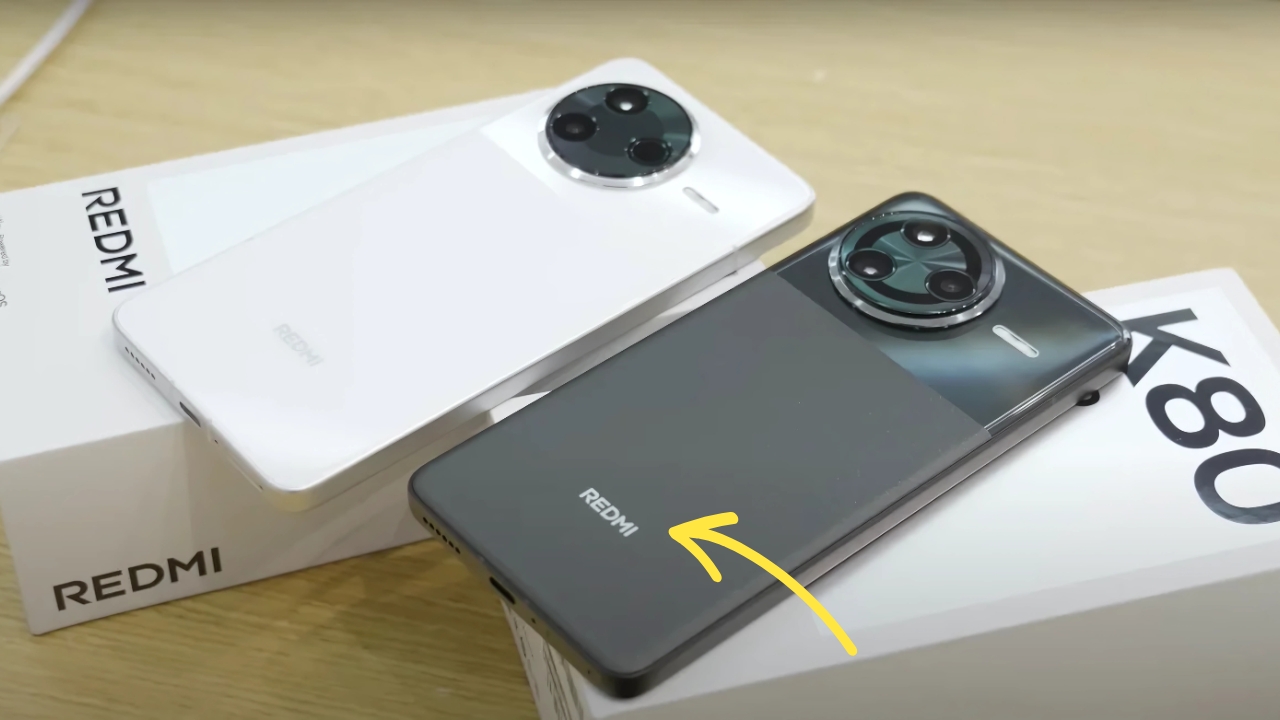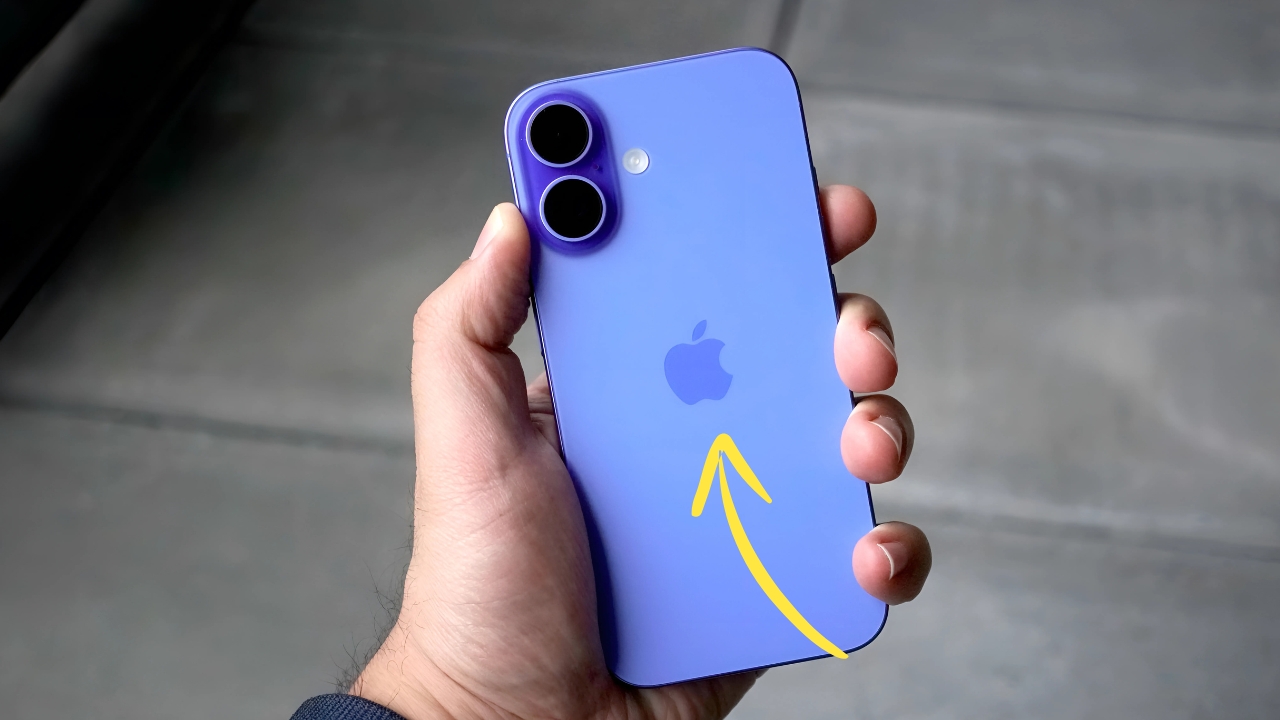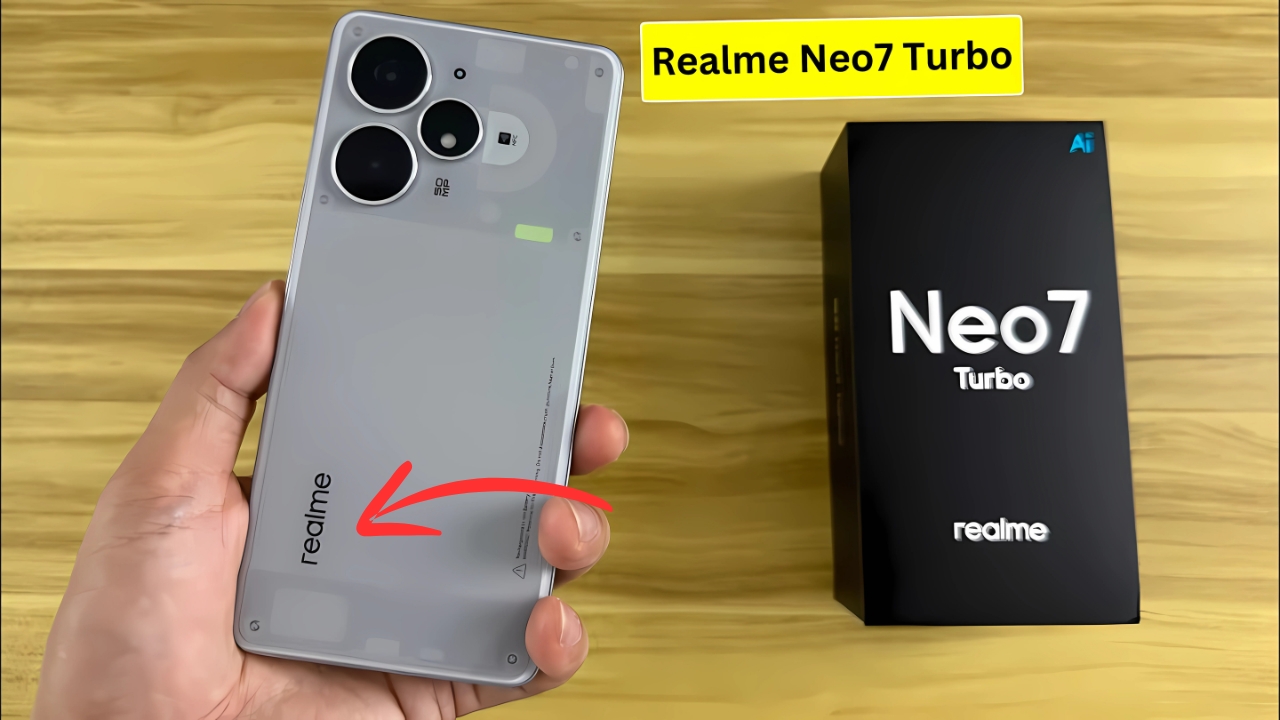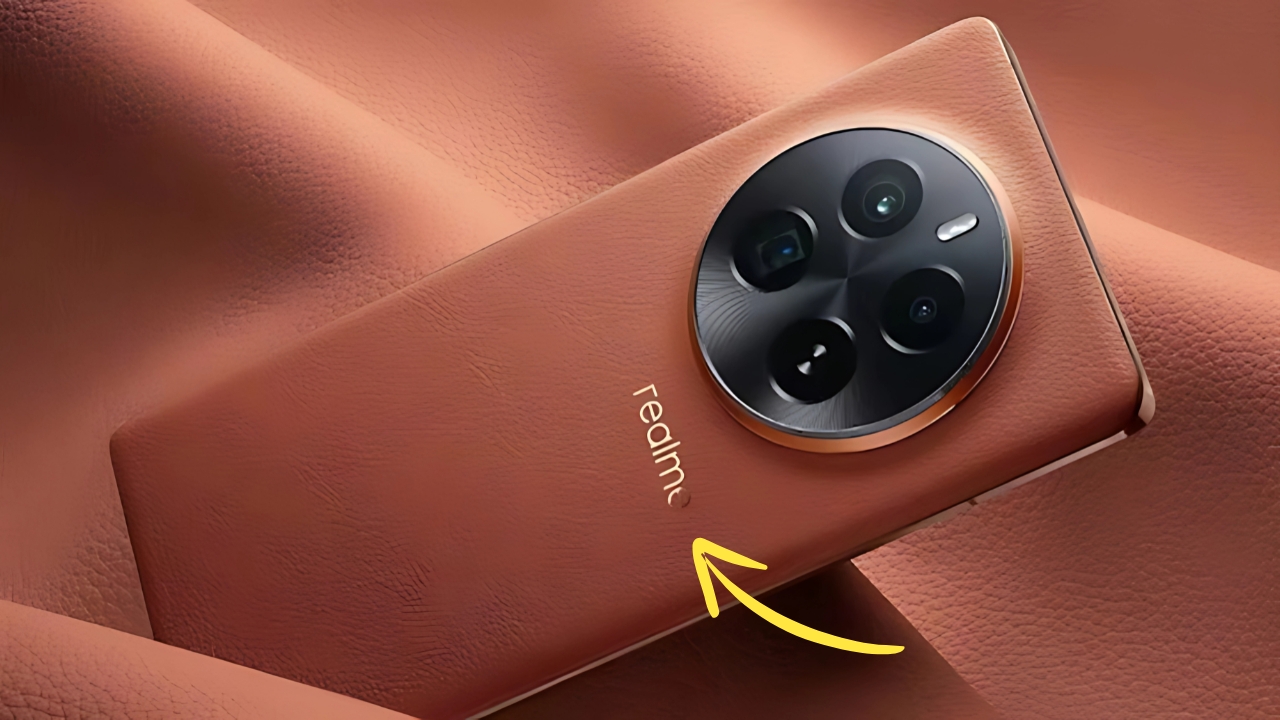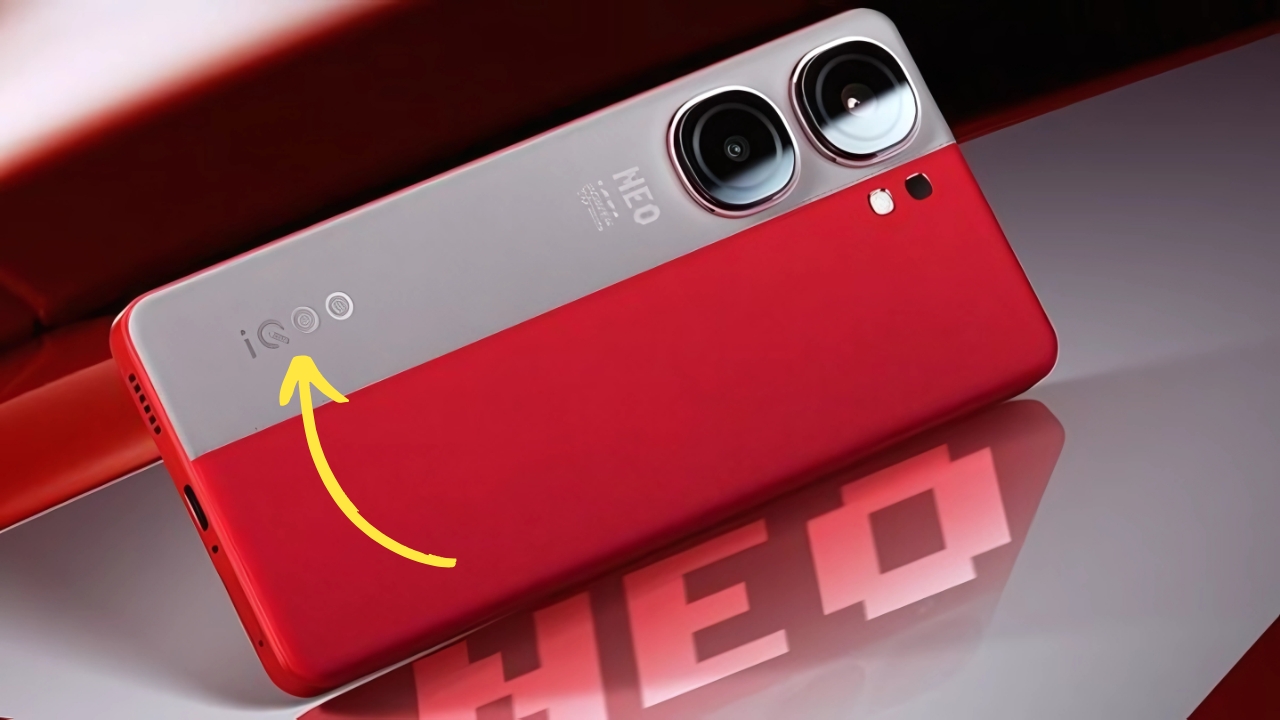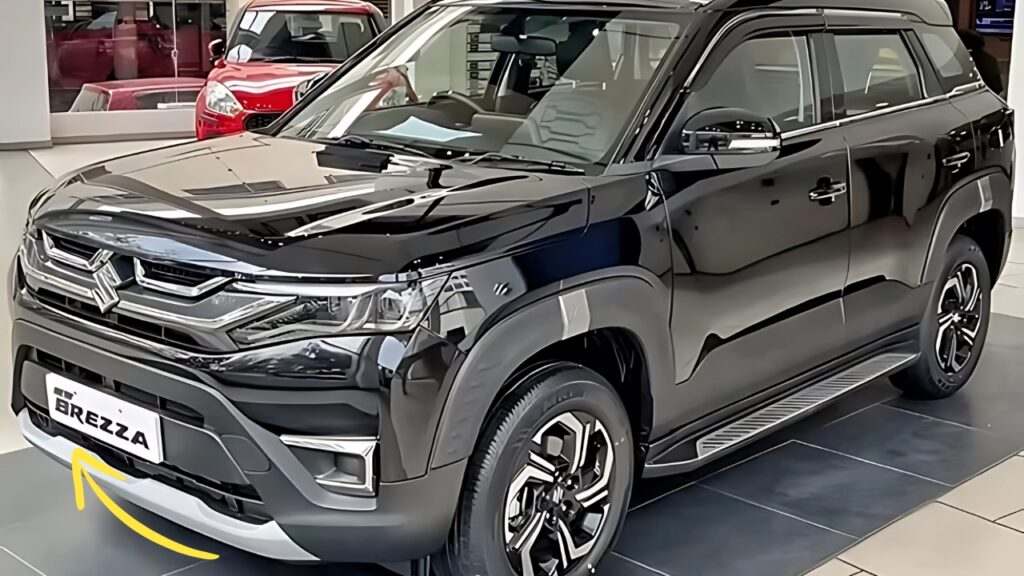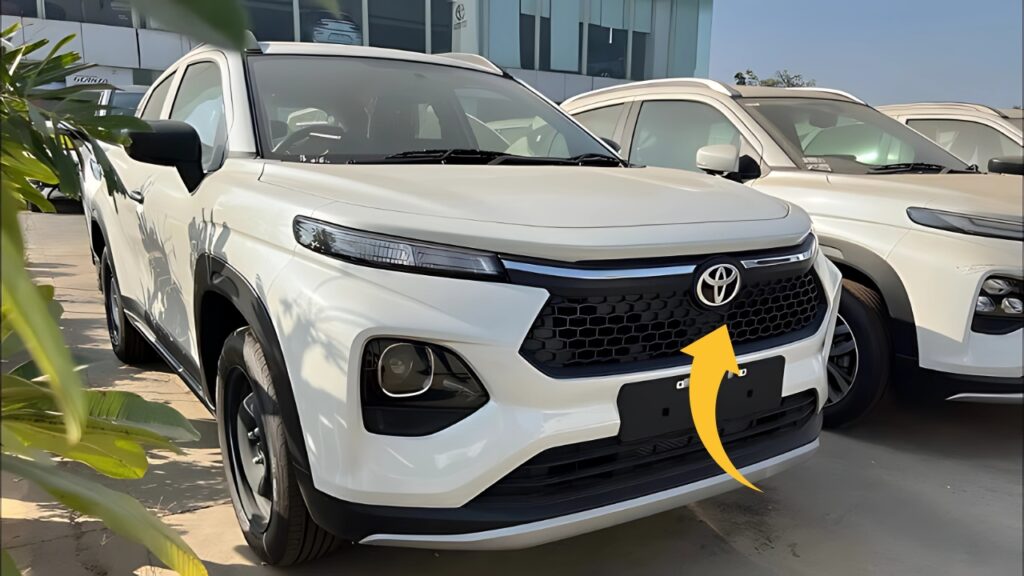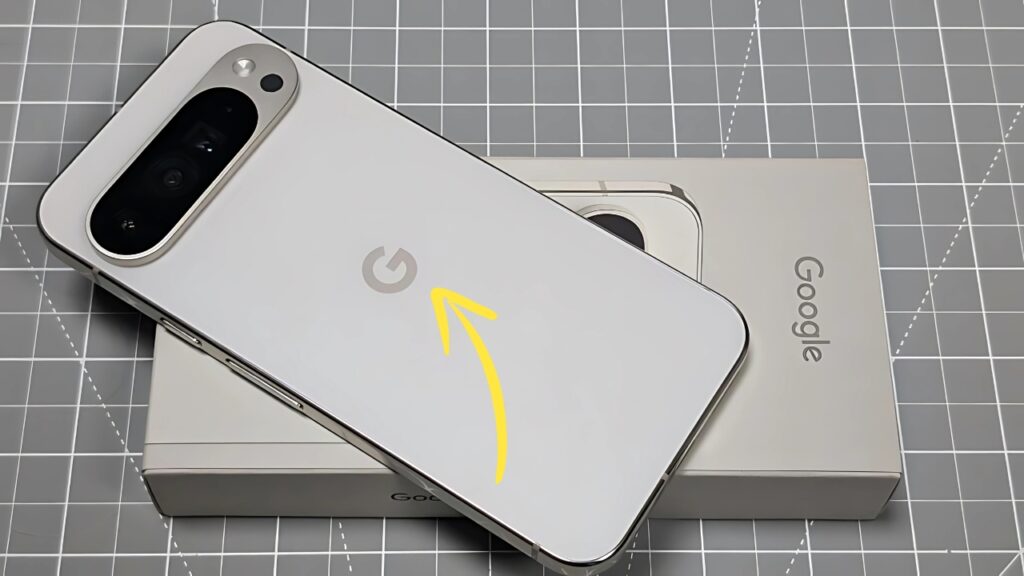Redmi K80: The smartphone landscape continues to evolve at a remarkable pace, with manufacturers constantly recalibrating their strategies to capture specific segments of an increasingly sophisticated consumer base.
Among these brands, Redmi has established itself as a disruptive force by consistently delivering devices that challenge conventional price-to-performance expectations.
The K series represents the pinnacle of this philosophy, and the Redmi K80 emerges as the company’s latest attempt to democratize premium smartphone experiences at a more accessible price point.
This comprehensive examination explores how the Redmi K80 balances cutting-edge specifications with necessary compromises to achieve its ambitious price positioning, analyzing its design philosophy, hardware capabilities, software experience, and overall value proposition in today’s competitive smartphone landscape.
Redmi K80: Design Philosophy: Practical Sophistication
The Redmi K80 makes a striking first impression with its thoughtful design approach that balances visual appeal with functional considerations.
Available in three distinctive finishes—Midnight Black, Arctic Silver, and Nebula Blue—each variant employs different material treatments to create unique visual characteristics while maintaining practical usability.
The Nebula Blue option stands out with its color-shifting glass back that transitions between blue and purple hues depending on viewing angle, achieved through a micro-etching process that creates a subtle geometric pattern.
This finish also effectively masks fingerprints, a practical consideration for daily use. The Arctic Silver variant employs a frosted glass treatment that diffuses light while providing a satin-like texture that improves grip security.
For those preferring understated elegance, the Midnight Black offers a classic approach with a subtle shimmer effect embedded within the deep black glass.
The frame employs aluminum with a matte finish that strikes a pleasant balance between premium feel and weight considerations.
At 8.6mm thick and weighing 201g, the K80 achieves reasonable dimensions for a device with its substantial battery capacity and cooling system.
The slightly curved back panel improves hand ergonomics, while the flat display edges provide secure grip during use.
The camera island deserves special mention for its thoughtful integration into the overall design.
Rather than the increasingly common massive rectangular protrusions, Redmi has opted for a circular arrangement housed within a square module that rises gradually from the surface.
This approach reduces table wobble while creating a distinctive visual identity that distinguishes the K80 from competitors.
Protection comes via Gorilla Glass Victus on the front and Gorilla Glass 5 on the rear panel, providing reasonable drop and scratch resistance for everyday use.
The frame includes an IP54 rating for dust and splash resistance—not quite matching the IP68 certification of premium flagships but offering sufficient protection against rain and accidental spills.
Display Excellence: Visual Fidelity for Entertainment
The front of the K80 is dominated by a 6.67-inch AMOLED display that immediately impresses with its vibrant colors and deep blacks.
The panel features a resolution of 2712 x 1220 pixels (approximately 446 ppi), striking a sensible balance between sharpness and power efficiency.
The 12-bit color depth supports 68.7 billion colors, providing exceptionally smooth gradients and accurate reproduction across the visual spectrum.
Technical specifications reveal support for a 120Hz adaptive refresh rate that dynamically adjusts between 1Hz and 120Hz depending on content requirements, preserving battery life without sacrificing perceived smoothness.
Touch sampling reaches 480Hz during gaming sessions, ensuring responsive input recognition particularly beneficial for competitive titles.
Peak brightness exceeds 1,800 nits in HDR content and high brightness mode, ensuring excellent visibility even under direct sunlight.
The panel supports HDR10+ and Dolby Vision formats, enhancing compatible streaming content with improved dynamic range and color accuracy.
The PWM dimming frequency of 2,160Hz reduces eye strain during low-brightness viewing, a thoughtful inclusion for nighttime use.
Xiaomi has implemented several software features that enhance the display experience. The Natural Tone display automatically adjusts color temperature based on ambient lighting conditions, similar to Apple’s True Tone technology.
DC dimming provides an alternative brightness regulation method for users sensitive to traditional PWM approaches.
Various color calibration profiles allow customization between vibrant and accurate color representations according to personal preference.
The under-display fingerprint sensor utilizes the latest ultrasonic technology rather than optical scanning, providing faster and more reliable authentication, especially in challenging conditions like wet fingers or low light environments.
The small centered punch-hole camera minimizes intrusion into the display area while maintaining structural integrity superior to under-display camera alternatives.
Performance Architecture: Flagship-Grade Processing
Powering the K80 is the Qualcomm Snapdragon 8 Gen 2 processor, a 4nm chip that, while no longer the absolute latest, remains an exceptional performer that provides flagship-level capabilities.
This octa-core SoC features one prime Cortex-X3 core at 3.2GHz, four performance cores at 2.8GHz, and three efficiency cores at 2.0GHz.
The Adreno 740 GPU handles graphics duties with support for advanced rendering techniques and hardware-accelerated ray tracing.
Memory configurations start at 8GB of LPDDR5X RAM, with options extending to 12GB and 16GB for the highest tier variants.
Storage begins at 256GB using UFS 4.0 technology, with 512GB and 1TB options available in select markets.
The absence of expandable storage might disappoint some users, but the generous base storage partially mitigates this limitation.
Thermal management represents a significant engineering challenge for powerful, thin devices. Redmi has implemented an advanced vapor chamber cooling system covering approximately 5,000mm² of internal area, effectively dissipating heat during sustained workloads.
This solution prevents significant throttling during extended gaming sessions or processor-intensive tasks, maintaining approximately 85-90% of peak performance even after 30 minutes of continuous load—an impressive figure for the device category.
Benchmark results position the device impressively within its segment. Geekbench 6 single-core scores hover around 1,950 points, while multi-core results exceed 5,400 points.
AnTuTu benchmarks place the device comfortably above 1,500,000 points—figures that translate to excellent real-world performance for virtually all smartphone tasks, including demanding games and computational workloads.
Gaming capabilities prove particularly impressive, with the K80 handling titles like Genshin Impact, PUBG Mobile, and Call of Duty Mobile at high settings while maintaining stable frame rates.
The Game Turbo mode, activated through a dedicated switch in the settings, optimizes system resources for gaming performance, temporarily boosting processor speeds and prioritizing thermal headroom for sustained framerates.
Technical Specifications Table
| Feature | Specification |
|---|---|
| Display | 6.67″ AMOLED, 2712 x 1220 pixels, 1-120Hz adaptive refresh rate |
| Processor | Qualcomm Snapdragon 8 Gen 2 (4nm) |
| CPU Configuration | 1x 3.2GHz (Prime) + 4x 2.8GHz (Performance) + 3x 2.0GHz (Efficiency) |
| GPU | Adreno 740 |
| RAM | 8GB/12GB/16GB LPDDR5X |
| Storage | 256GB/512GB/1TB UFS 4.0 (non-expandable) |
| Rear Camera System | 50MP Sony IMX906 main camera (f/1.6, OIS) <br> 50MP Samsung JN1 ultrawide (f/2.2, 119° FoV) <br> 50MP telephoto (f/2.0, 2x optical zoom) |
| Front Camera | 20MP (f/2.2) |
| Battery | 5,500mAh silicon-carbon |
| Charging | 120W HyperCharge wired, 50W wireless |
| Operating System | HyperOS based on Android 14 |
| Updates | 3 years of OS updates, 4 years of security patches |
| Biometrics | Ultrasonic in-display fingerprint sensor, face unlock |
| Dimensions | 162.8 x 75.6 x 8.6mm |
| Weight | 201g |
| Build | Aluminum frame, Gorilla Glass Victus front, Gorilla Glass 5 back, IP54 rating |
| Connectivity | 5G, Wi-Fi 7, Bluetooth 5.3, NFC, Infrared |
| Audio | Stereo speakers with Dolby Atmos, Hi-Res certification, no 3.5mm jack |
| Colors | Midnight Black, Arctic Silver, Nebula Blue |
| Additional Features | X-axis linear vibration motor, IR blaster, Light Fusion image processor |
Camera Capabilities: Computational Photography Takes Center Stage
The camera system represents an area where the K80 demonstrates Xiaomi’s ambitious approach, featuring a versatile triple-camera array:
A 50MP Sony IMX906 main sensor (1/1.55″) with optical image stabilization and an f/1.6 aperture
A 50MP Samsung JN1 ultrawide camera with a 119° field of view and f/2.2 aperture
A 50MP telephoto camera offering 2x optical zoom with an f/2.0 aperture
The front-facing camera utilizes a 20MP sensor with an f/2.2 aperture, capable of recording 4K video at 30fps.
Hardware specifications only tell part of the story, however. Xiaomi’s Light Fusion 2.0 image processing plays a crucial role in computational photography, handling tasks like noise reduction, dynamic range optimization, and real-time effects processing.
This dedicated silicon accelerates image processing without taxing the main CPU/GPU, enabling more sophisticated computational techniques.
In practical usage, the camera system delivers impressive results across most shooting scenarios. The main camera produces detailed 12.5MP pixel-binned images with well-controlled noise levels even in challenging lighting.
Colors tend toward a slightly vibrant presentation that remains pleasingly natural rather than excessively processed.
Dynamic range performance is particularly notable, preserving both shadow detail and highlight information in high-contrast scenes.
The ultrawide camera provides additional creative flexibility, capturing expansive landscapes or tight interior spaces with minimal distortion at the edges.
The high-resolution 50MP sensor represents a significant upgrade over the lower-resolution modules common in this segment, preserving substantially more detail particularly in good lighting conditions.
The telephoto camera, while offering a modest 2x optical zoom, delivers excellent image quality at this focal length, providing natural background compression for portraits and closer framing of distant subjects.
Digital zoom extends to 20x through computational techniques, though with inevitable quality degradation beyond approximately 5x magnification.
Video capabilities extend to 8K resolution at 24fps or 4K at up to 60fps, with effective electronic image stabilization that produces smooth footage even during movement.
The dedicated “Movie Mode” provides cinema-style aspect ratios, focus pulling, and color grading presets that enhance creative video capture without requiring extensive post-processing.
Portrait mode utilizes depth information and machine learning algorithms to simulate background blur, producing flattering results with generally accurate subject separation.
Edge detection around complex elements like hair shows improvement over previous generations, though still occasionally struggles with very intricate boundaries.
Night photography has seen significant enhancements through computational techniques. The dedicated night mode captures and combines multiple exposures to extract impressive detail from dark scenes while controlling noise.
Results won’t match absolute flagship devices costing significantly more, but they significantly outperform typical expectations at this price point.
Software Experience: HyperOS Brings Fresh Approach
The K80 runs Xiaomi’s new HyperOS based on Android 14, representing a significant departure from the MIUI interface that characterized previous Redmi devices.
Xiaomi promises three years of major Android updates and four years of security patches, providing reasonable longevity for a device in this segment.
HyperOS presents a cleaner, more streamlined approach compared to MIUI, with reduced visual clutter and improved system animations.
The interface feels responsive and fluid, taking full advantage of the high refresh rate display and powerful processor.
System animations have been refined to appear both smooth and purposeful, contributing to a perception of quality that exceeds the device’s price point.
Notable software features include:
Smart Sidebar: A customizable edge panel providing quick access to frequently used apps and tools, enhancing one-handed usability on the large display.
Effective Multitasking: The floating window function and split-screen capability enhance productivity, with thoughtful implementations that feel genuinely useful rather than merely checking feature boxes.
Game Turbo: Provides performance optimization, notification management, and screen recording specifically tailored for gaming sessions. The mode can be configured on a per-game basis, allowing different optimizations for different titles.
Second Space: Creates a separate user environment for privacy or work-life balance, with independent apps, data, and biometric authentication.
AI Image Enhancement: Leverages machine learning to improve photo quality, with specific optimizations for low-light conditions, portrait mode, and scene recognition.
The software experience isn’t without flaws. Some pre-installed applications contribute to the perception of bloatware, though most can be uninstalled or disabled. Occasional duplicate functionality exists where Xiaomi’s own apps overlap with Google’s offerings.
However, these issues are less pronounced in HyperOS compared to previous MIUI iterations, demonstrating Xiaomi’s growing understanding of user preferences in global markets.
Battery Life and Charging: Industry-Leading Speed
Power management represents another area where the K80 demonstrates Xiaomi’s technical capabilities.
The 5,500mAh silicon-carbon battery provides ample capacity for demanding usage patterns, consistently delivering full-day endurance even under heavy use.
Typical usage involving social media, photography, video streaming, and occasional gaming results in 6-8 hours of screen-on time, generally sufficient for a full day with reserve capacity remaining.
More conservative usage can extend this to nearly two days, while intensive camera use or gaming will naturally accelerate battery depletion.
Where Xiaomi truly distinguishes itself is charging speed. The included 120W HyperCharge adapter replenishes the battery from empty to 50% in just 10 minutes, with a full charge completed in approximately 25 minutes.
This extraordinary charging capability fundamentally changes usage patterns, reducing battery anxiety and eliminating the need for overnight charging.
The inclusion of 50W wireless charging provides convenient alternative replenishment without significant speed compromises—a full wireless charge completes in approximately 45 minutes.
This wireless implementation supports standard Qi protocols for compatibility with existing charging accessories.
Battery health features include optimized night charging that slows the final charging phase to reduce battery stress, customizable charging limits to prevent constant 100% charging, and power consumption analysis that identifies applications consuming disproportionate energy.
Audio Experience: Surprising Quality for the Segment
Audio performance on the K80 exceeds expectations for its price point, with stereo speakers delivering clear sound with good volume levels and respectable stereo separation.
The earpiece doubles as a secondary speaker, complementing the more powerful bottom-firing main speaker.
While bass response remains limited by the physical constraints of smartphone speakers, vocal clarity and high-frequency detail impress during music playback and video consumption.
The absence of a 3.5mm headphone jack reflects industry trends, though Xiaomi includes a USB-C to 3.5mm adapter in some markets.
Bluetooth audio supports common high-quality codecs including aptX HD, LDAC, and LHDC, ensuring minimal quality loss when using compatible wireless headphones.
The device carries Hi-Res audio certification for both wired and wireless playback, reflecting Xiaomi’s attention to audio quality.
Call quality benefits from effective noise cancellation algorithms that isolate voice from background noise, providing clear communication even in challenging environments.
The inclusion of a high-quality X-axis linear vibration motor delivers precise haptic feedback that enhances the perception of quality during typing and interface interactions—a detail often overlooked in devices at similar price points.
Value Proposition and Conclusion
The Redmi K80 occupies a compelling position in the increasingly stratified smartphone market.
By delivering flagship-adjacent specifications and features at a substantially lower price point than premium offerings from established brands, Xiaomi directly challenges the value proposition of devices costing significantly more.
The combination of a capable processor, excellent display, versatile camera system, and extraordinary charging speed creates a package that delivers genuine value without obvious compromises in daily use.
The few concessions made—IP54 rather than IP68 protection, no 3.5mm headphone jack, aluminum rather than stainless steel frame—reflect thoughtful prioritization rather than arbitrary cost-cutting.
For consumers who prioritize performance and features over brand prestige, the K80 represents a compelling alternative to mainstream flagships.
Its balanced approach exemplifies the maturing “flagship killer” category, where technical capabilities approach premium devices while maintaining meaningful price advantages.
The Redmi K80 successfully embodies Xiaomi’s philosophy of democratizing high-end smartphone experiences.
Rather than attempting to redefine the absolute cutting edge of technology, Xiaomi has focused on delivering the features and capabilities that most significantly impact daily user experience while maintaining aggressive pricing.
The result is a device that doesn’t merely offer good value for money—it actively challenges conventional assumptions about necessary spending for flagship-level performance and features.
For many users, the question becomes not whether the K80 represents good value, but whether the additional refinements offered by more expensive alternatives justify their substantially higher prices.
In a market increasingly dominated by incremental improvements and questionable price increases, Xiaomi’s approach provides a welcome alternative that benefits consumers regardless of their ultimate purchase decision.
By demonstrating how much performance and capability can be delivered at its price point, the K80 establishes a compelling benchmark against which all premium devices must now justify their additional cost—perhaps the most disruptive contribution a “flagship killer” can make to the broader smartphone ecosystem.
